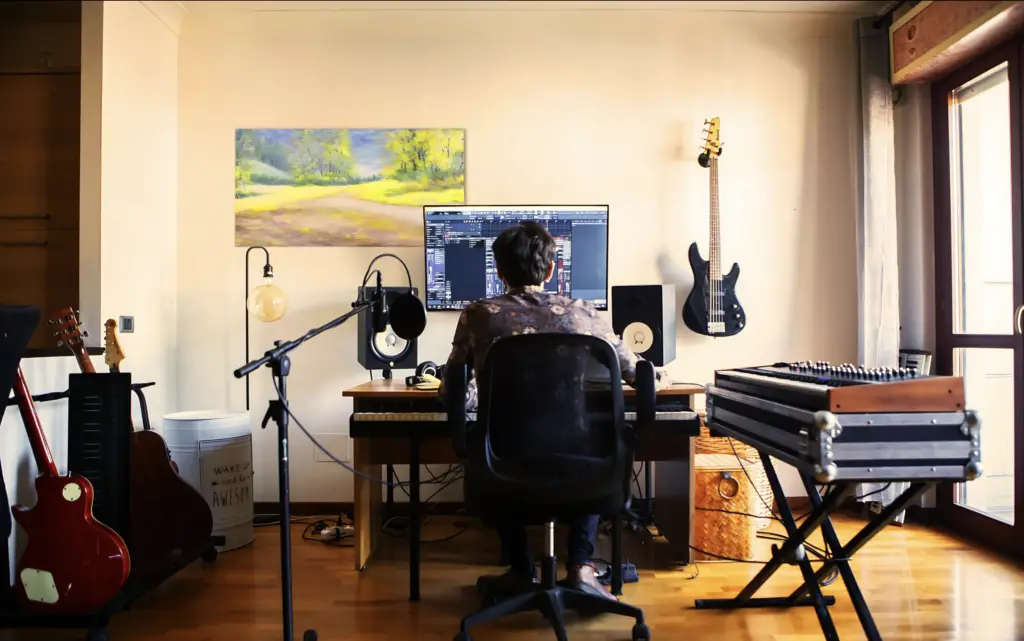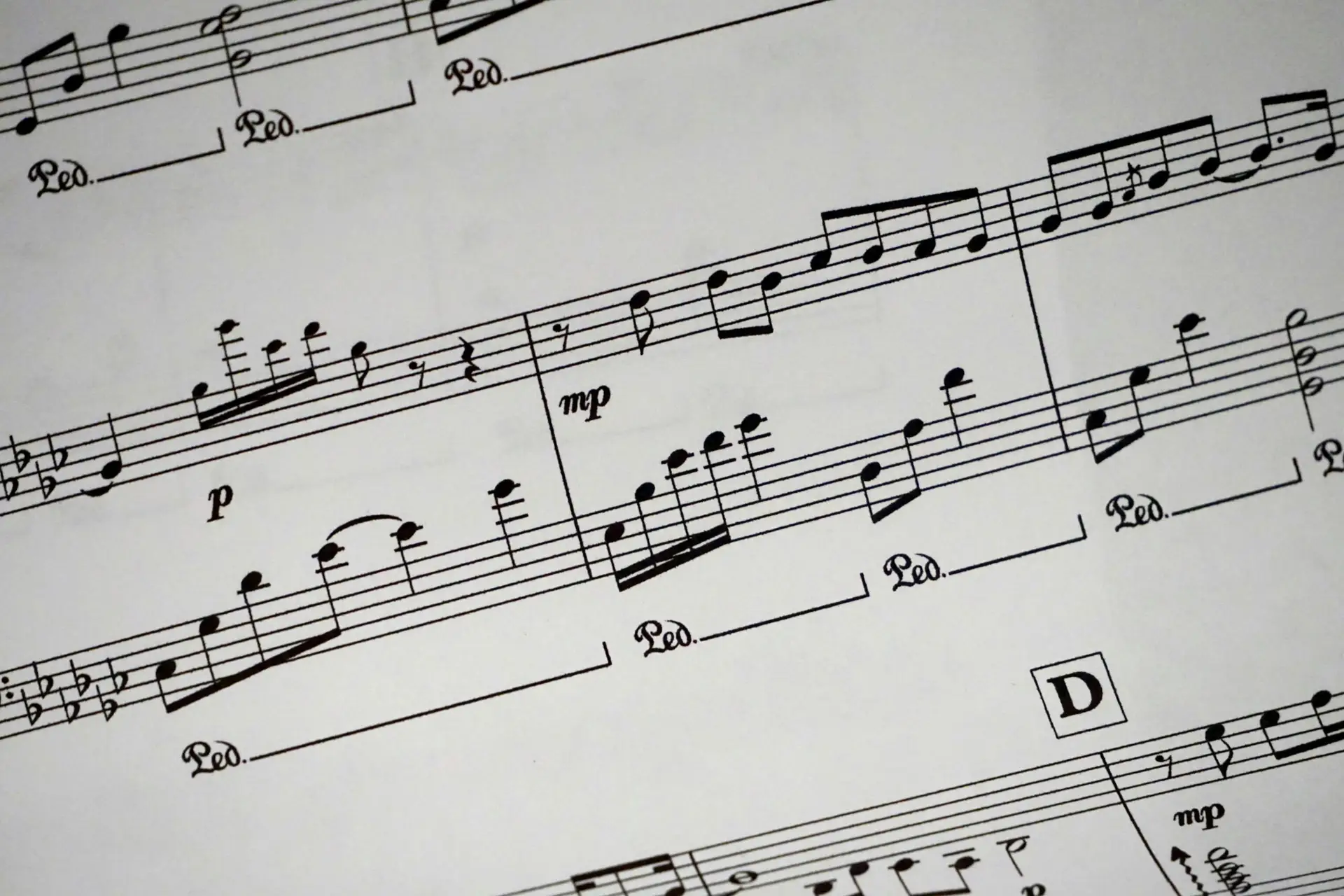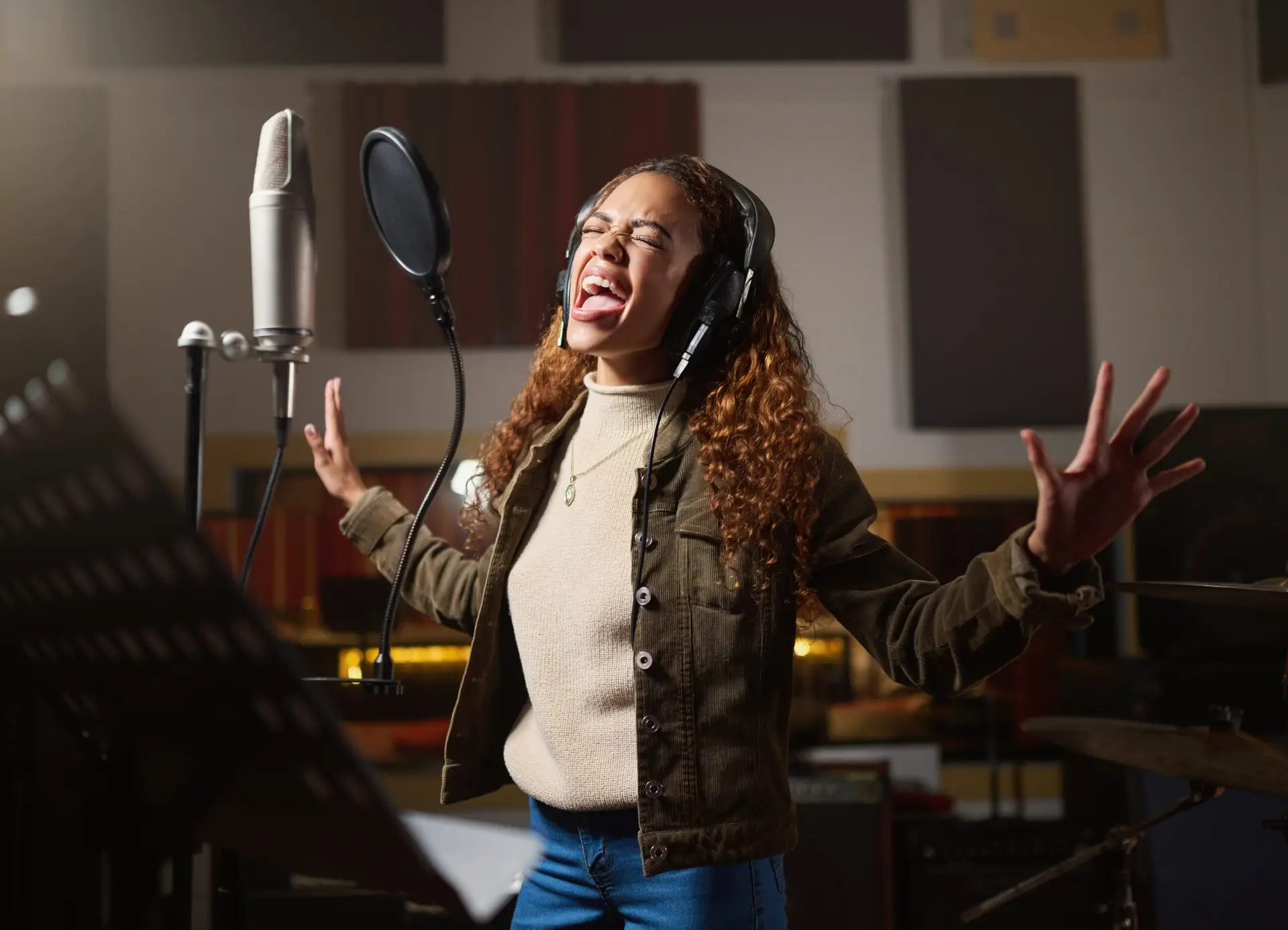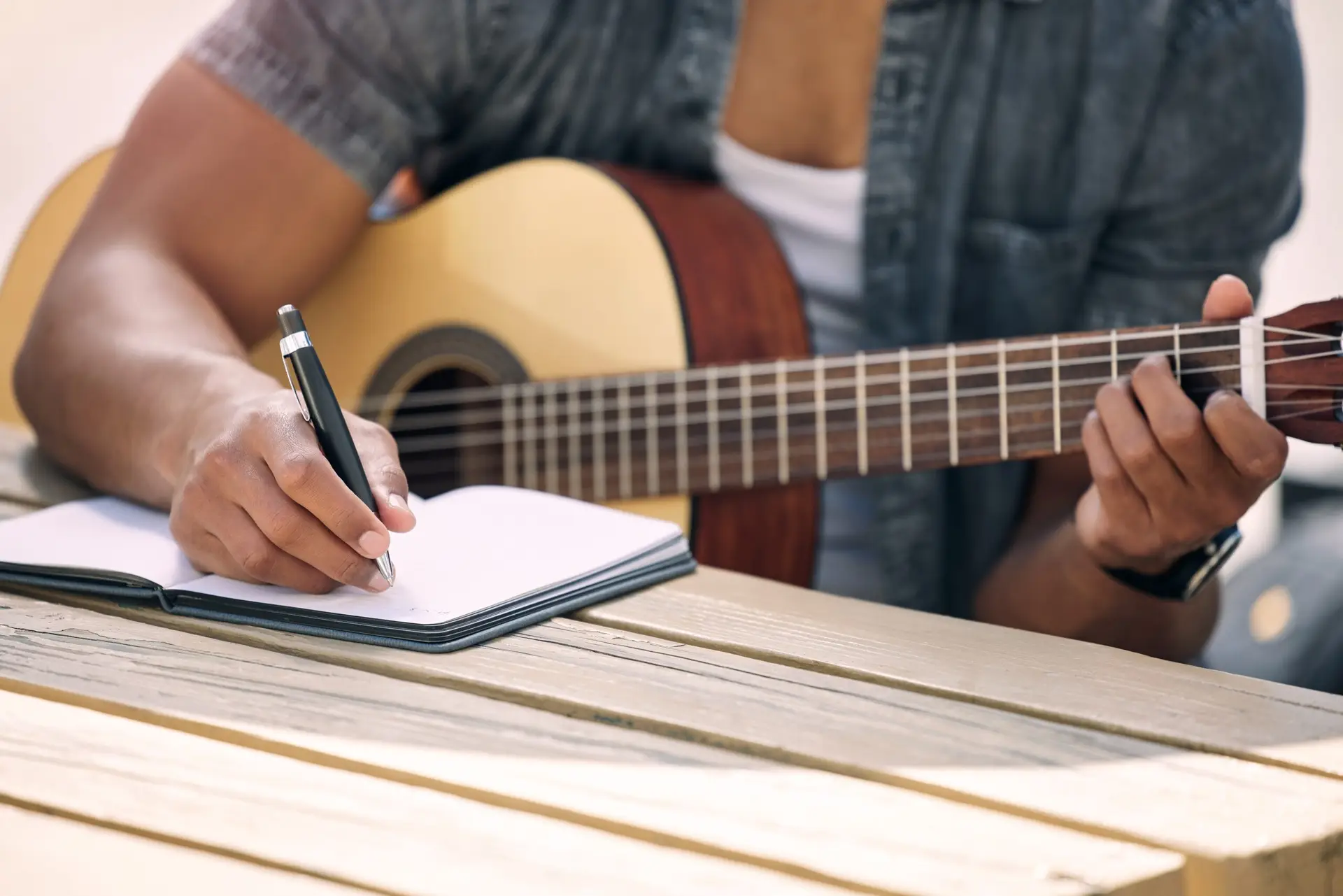How to Make A Song: Step by Step Process
OVERVIEW
Learning how to write and produce your own songs can be a frustrating experience. Luckily, there is a process you can take to finally produce something you’re proud of. This article will teach you how to make a song in seven easy steps.

Step 1: Choosing a topic
First, decide what topic or concept you want to write about. It could be an emotion your feeling, or a story that happened to you recently. This will set the foundation for the rest of the process. It often helps to choose something you’re experiencing currently, so that you can come up with melodies and lyrics that reflect that emotion.

Record it into your DAW
Once you have your progression, record yourself playing it into your music software. Don’t worry about the key (how “high” or “low” the song is) right now. You can always change it later. And don’t worry about how it sounds, this recording is just to aid in the melody and lyrics.

It is helpful to know the basics of Music Theory when doing this step. But it doesn’t have to take years to learn! Watch this video for an excellent half hour crash course in music theory:
Step two: choosing the chord progression
A chord progression is a series of four chords, repeated throughout the duration of the song. Based on the topic you chose, think of a genre that reflects that emotion (e.g. “Pop” for a happy emotion), and play some chords you feel express this. It may help to search for a song you like in this genre, and ask Google what chords are used in that song.


Step Three: recording the melody
Now that you recorded the progression, copy and paste (or loop) that recording 6-8 times. Next, make a new audio track where you can record your voice. You are now going to record the melody for the chorus of your song. You don’t wants to start from the verse because then it will be hard to think of a melody and lyrics for the chorus.

Record it!
Now hit record, and start singing along to the chords you played. Sing whatever melody comes to your head. Don’t think about lyrics, you can sing in gibberish. Don’t worry about how off tune you are! It may feel silly, but actually this is how some of the top ranking songs in the country are made! Try to switch up the tune while you sing, to try out different variations.
Once you have recorded a few different options, listen back to what you sang and decide on which melody sounds the best to your ear.
Step Four: How to write lyrics
With the concept of your song in mind, listen to the melody you chose and think of some words or sentences that come to mind. Remember that the chorus is the climax of the song, so this is where you are going to drive home the main point. It helps to write out what you are thinking.
Repeat this process for the rest of the song. Continue to the first verse, the second verse, and the bridge if you have one.


Step five: writing the music
This is the part of the process when you choose what instruments to play to create the sound of your song. My recommendation is to listen to a song in the genre you chose, and write down whatever instruments you hear. Believe it or not, most songs are comprised of mainly piano, guitar, bass, drums and vocals. What separates the genres is how they are played.
Start with the “mid” instruments (piano and guitar) then move onto drums (again, listening to your reference song for the type of drum kit and pattern to play). Then move onto bass. If you don’t know how to play a particular instrument, many apps can play it for you, such as GarageBand and Logic Pro X.
Step six: recording vocals
Once you have laid out the instruments in your song, it’s time to record some vocals. This is the process.
- Find a quiet room, with little or no echo (some people use their closet!).
- Go through the song at least twice, singing each part by itself.
- Choose the takes that you like.
- Make a new track and sing over the takes you did. This is called “doubling” your voice and it makes your voice sound better and easier to hear. Lower the volume of this track
- If you know how to sing harmony, try to record some harmonies over your voice

Step seven: mixing
Mixing is the act of balancing the volume and sound of the various instruments and your voice so that they can all be heard and make one harmonious song.
- Adjust the volume of each track so that you can hear all the instruments,
- make sure you are not clipping (going into the “red” on the volume bar) which means that the tracks are too loud and parts of the song won’t be clear

Step seven: Mastering
Mastering is the act of getting the song to be as loud as possible, without losing the quality of the tracks. There are two reasons we do this. 1) Our brains think louder is better. 2) to make sure our song is as loud as the current popular music
Usually, it takes a lot of expensive gear and/or software to accomplish this. However, nowadays, there are some relatively cheap AI plug-in’s that can do it for you! You can even find some online services that will do it for even cheaper. If you use Logic, they already have a built in one called “Mastering Assistant”.
If you don’t have access to any of this, don’t worry! It’s only the last 10% of making a song, and if you followed all the steps till now, your song will sound 90% as good as the professionals, which is pretty good if you ask me.
SNAPSHOT OF LOGIC PRO'S MASTERING ASSISTANT

Learning More
There are a lot more details in each of these steps that can really help you step up your game. If you are seriously invested in learning how to produce music as a pro, I highly recommend this course from my friend Ethan Davis: https://completeproducerpro.com. He also has some great videos on his YouTube channel.
